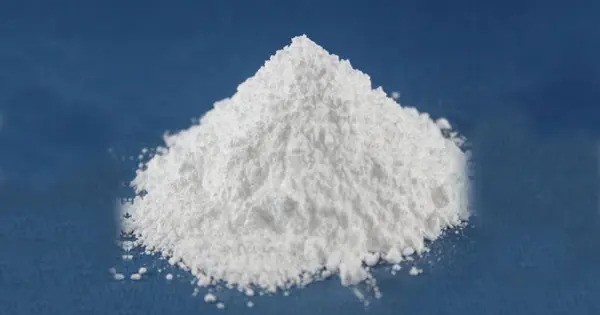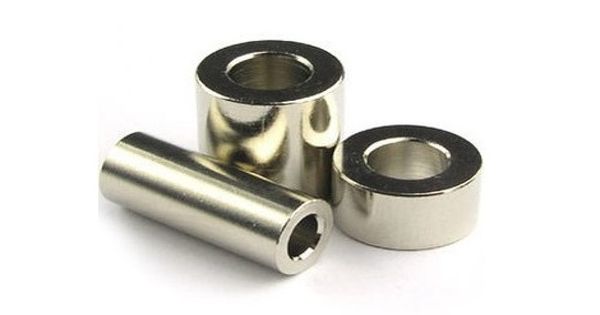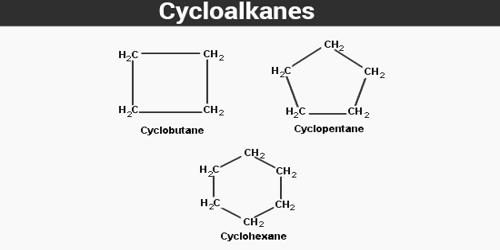Magnesium stearate is the chemical compound with the formula Mg(C18H35O2)2. It is a white, powdery substance commonly used as a lubricant in pharmaceutical and food industries. It is a soap, consisting of salt containing two equivalents of stearate (the anion of stearic acid) and one magnesium cation (Mg2+). It’s insoluble in water but soluble in organic solvents like ethanol.
Magnesium stearate is a white, water-insoluble powder. Its applications exploit its softness, insolubility in many solvents, and low toxicity. It is used as a release agent and as a component or lubricant in the production of pharmaceuticals and cosmetics. In pharmaceuticals, magnesium stearate acts as a flow agent, preventing ingredients from sticking to manufacturing equipment during tablet and capsule production. It is also used in cosmetics and plastics as a lubricant or anti-caking agent. Its low cost and versatility make it widely utilized across industries.
Properties
- Chemical formula: Mg(C18H35O2)2
- Molar mass: 591.27 g/mol
- Appearance: light white powder
- Odor: slight
- Density: 1.026 g/cm3
- Melting point: 88.5 °C (191.3 °F; 361.6 K)
- Solubility in water: 0.003 g/100 mL (15 °C), 0.008 g/100 mL (50 °C)
- Solubility: negligible in ether and alcohol, slightly soluble in benzene
Manufacturing
Magnesium stearate is produced by the reaction of sodium stearate with magnesium salts or by treating magnesium oxide with stearic acid.
Occurrences
When produced by soap and hard water, magnesium stearate and calcium stearate both form a white solid insoluble in water, and are collectively known as soap scum. This scum is a major component of the common “ring” of scum around a drained bathtub.Magnesium stearate is primarily a synthetic compound, though its precursor, stearic acid, can be derived from natural sources. Its occurrences and uses include:
Natural Sources
Stearic acid, a component of magnesium stearate, is found in animal and vegetable fats, such as cocoa butter, shea butter, and palm oil. Not found naturally as magnesium stearate in significant quantities; it is produced by reacting stearic acid with magnesium salts.
Production
Synthesized by reacting magnesium salts (e.g., magnesium chloride or magnesium oxide) with stearic acid, often derived from palm oil or tallow. The process involves saponification followed by precipitation to form the magnesium salt.
Uses
Magnesium stearate is often used in food preparations as an anti-adherent and anticaking agent. in the manufacture of medical tablets, capsules and powders. It can also be used efficiently in dry coating processes.
- Pharmaceuticals: Widely used as a lubricant in tablet and capsule manufacturing to improve powder flow and prevent sticking to machinery (typically 0.25–5% of tablet weight).
- Cosmetics: Acts as a thickener, stabilizer, or anti-caking agent in products like powders, creams, and lotions.
- Food Industry: Used as an emulsifier, stabilizer, or anti-caking agent in some processed foods (e.g., confectionery, spices) within regulatory limits (e.g., FDA allows up to 0.5% in certain foods).
- Plastics and Rubber: Employed as a lubricant and release agent in polymer processing.
- Other: Found in some industrial applications, such as a mold release agent or stabilizer in paints and varnishes.
Safety
Magnesium stearate is generally considered safe for human consumption at levels below 2500 mg per kg of body weight per day and is classified in the United States as generally recognized as safe (GRAS).
















